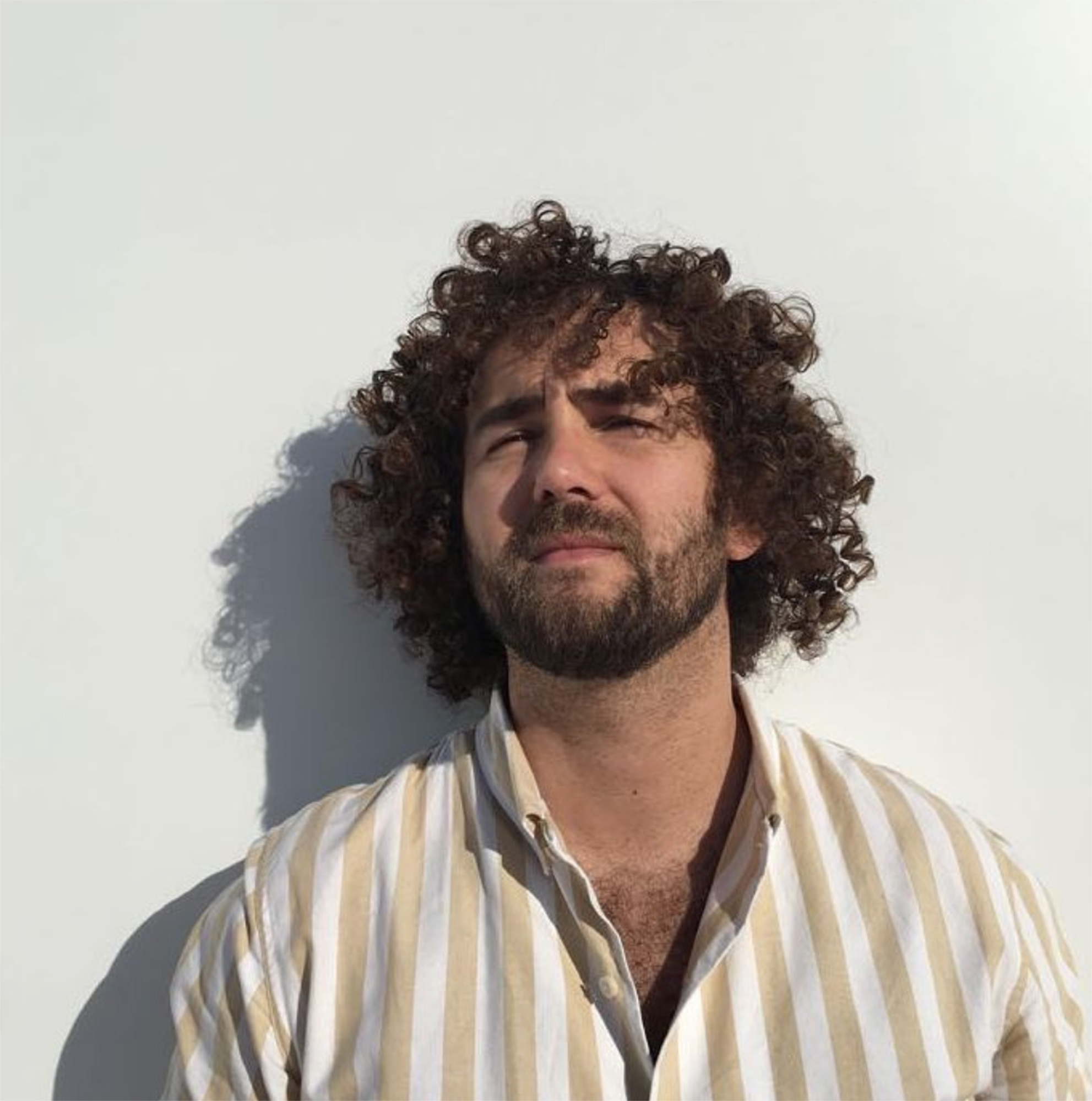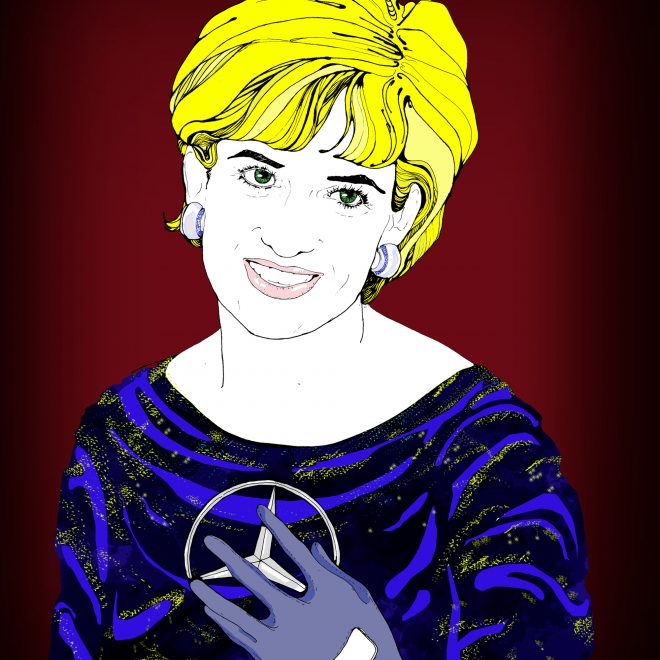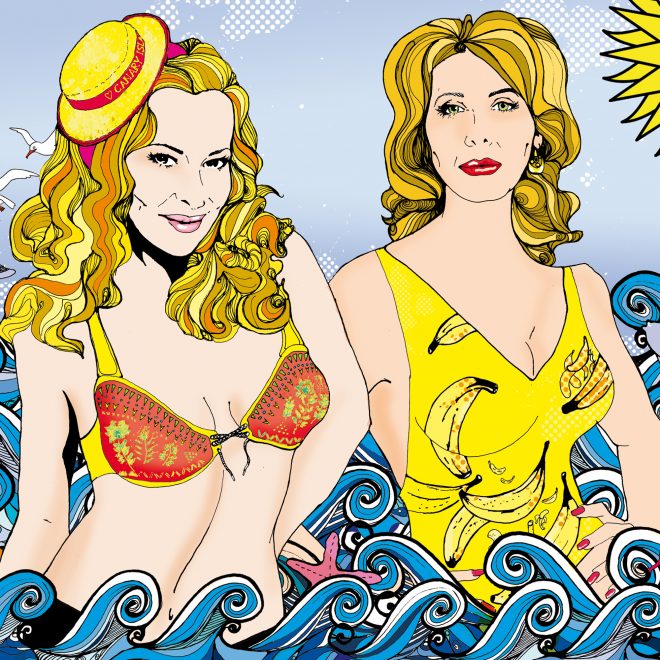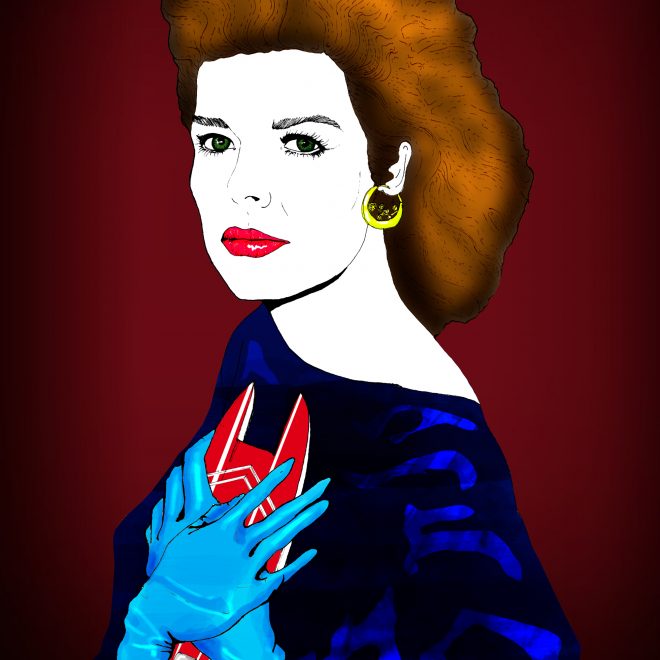Donacio Cejas
Born in 1983 in El Hierro, Canary Islands, SpainLives and works in London, UK
Donacio Acosta challenges accepted notions of good and poor taste and the impact of epheremal visual trends as vehicles for timeless concepts. His work explores how pop aesthethics become a symbolic representation of local identities and regional cultural specifics, and how these visual signs, sometimes reduced to folk kitsch, become a dominant visual narrative that substitutes true identity. He is interested in what lies behind the ‘souvenir aesthetic’: how Anglo- and Eurocentric societies tend to oversimplify and underestimate regional cultures and their visual outputs, consigning them to categories of the exotic, folk and camp.
Donacio Acosta is an architect and visual artist born in the Canary Islands who has lived and worked Madrid, Beijing and London. His illustrations have been published in El País and beyond and in 2011, he was selected as one of the most promising illustrators from the Canary Islands, exhibiting in numerous galleries in Madrid. In 2016, he published Ultracoloreadas, a colouring book for adults about female Spanish pop icons.
Who is your shero and why?
I have chosen as my shero Melina Mercouri, Greek activist, artist, politician and the most recognisable face of the dispute between Greece and the United Kingdom around the Parthenon Marbles. The marbles were removed from the Parthenon and other buildings on the Acropolis of Athens by Thomas Bruce, 7th Earl of Elgin, and make part of the British Museum’s collection in London. In anticipation of the return of the marbles, Melina promoted the international competition for the construction of the New Acropolis Museum, designated one day to display the marbles. The debate around the Parthenon marbles and whether they will return to Greece is enthralling to me: my career as an Exhibition Designer involves the challenge of reevaluating the role of museums in an ever-globalising world, and my work with historic and archaeological collections naturally makes me confront the idea of the appropriation of cultural heritage by major institutions.
How does the work you are presenting exemplify the theme of ‘sheroes’?
In a society where the term ‘iconic’ has become extremely banalised, I want to confront what an ‘icon’ can be considered to be and explore its double meaning: as a religious image with deep roots in the Greek Orthodox church, and as a person or thing regarded as representative symbol. Melina Mercouri stands out as a true ‘Greek icon’, and a universal shero, representing all those who have dared to question and defy the largely white male art establishment.



